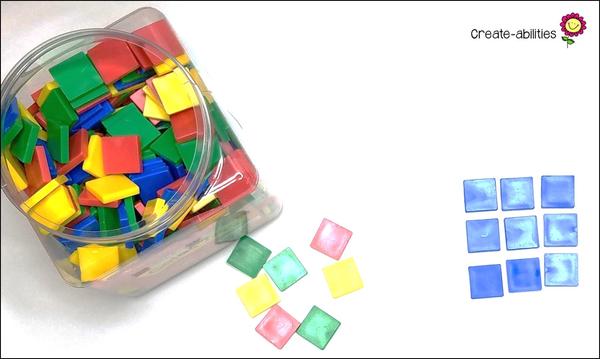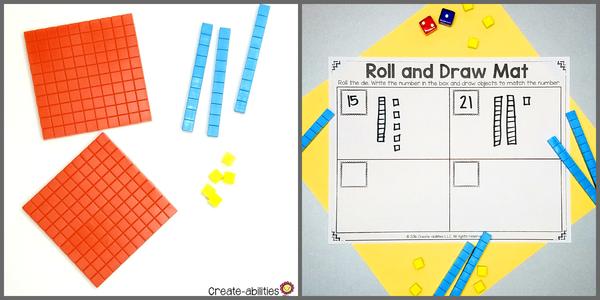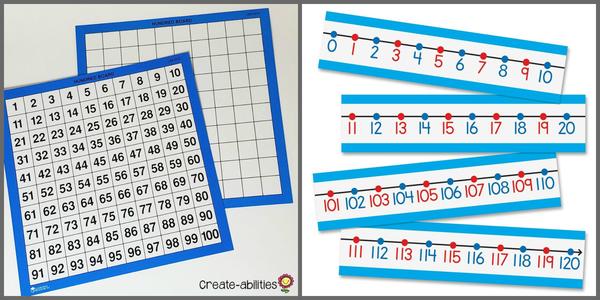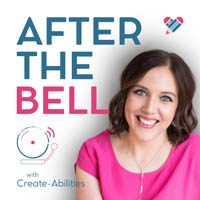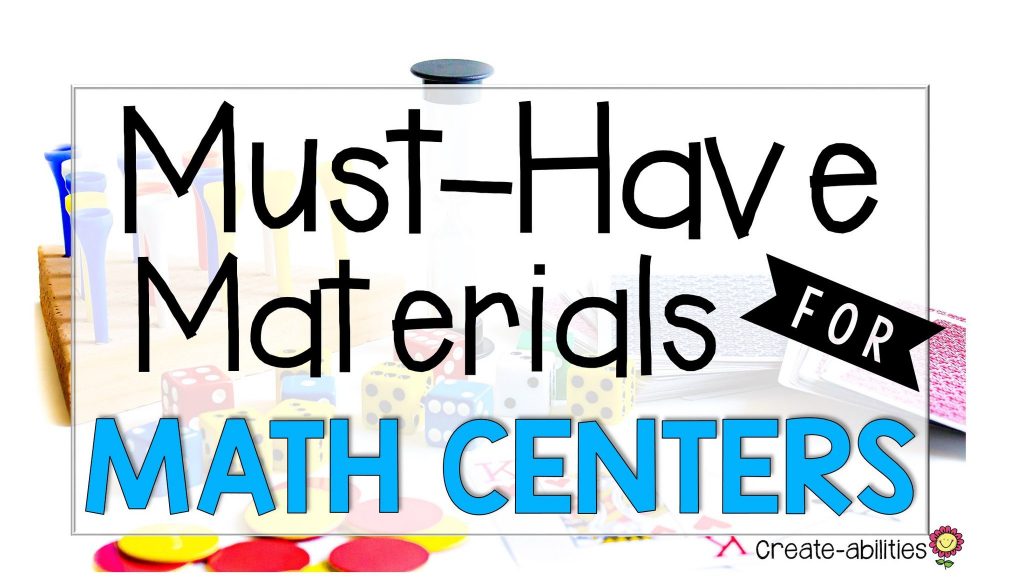
8 Must-Have Materials for Math Centers
You’ve decided you want to start math centers in your room. You have a vision for what that looks like in your room. You have planned out how many, what kind, and how long each center will be. Now it’s time for the most overwhelming part: the materials.
You might be asking yourself the following questions:
1. Isn’t there a TON of materials needed for centers?
2. Where do I get all the supplies I need?
3. Isn’t that extremely expensive?
4. How do I store everything once I’ve accumulated it?
All of these questions are things you need to consider before beginning your math centers. However, I am here to help. I am going to walk you through the must-haves for your room, how to acquire materials over time, and how to store everything in an accessible way.
Make sure you also check out my posts on 4 Ways to Organize and Store Your Math Center Supplies.
Also, note that this is the third blog post in a series of four posts on math centers. Make sure you read the first post, 5 Steps to Setting Up Your Math Centers
I also have a webinar that walks you through 6 easy steps to effective math centers in your classroom. Learn how to implement differentiated math centers in your room in an organized and manageable way – absolutely FREE! Learn more here.
Here are some of the materials I have used and absolutely recommend for centers. These are things you might already have in your room and they are things that can be used for SO many different centers and activities.
1. Dice.
Having many different types of dice in different colors helps you know exactly what dice to use with different groups. It also gives you options for the number of players to play a game. I love how I could use a dice up to 6, 10, 12, or 20. (Find the different-sided dice here, the 6-sided colored dice here, and the foam cubed dice here).
2. Colored tiles.
You can use these as game markers, for addition, subtraction, multiplication, division, arrays, area/perimeter, sorting, patterns, and more. Seriously you’ll want some 1 inch tiles.
3. Unifix Cubes
Unifix cubes can be used for SO many things. They are great for practicing math facts, place value, properties of operations, and more.
4. Place Value Blocks
Using blocks like these can really help our visual and tactile students understand important concepts.
5. Spinners
I really like that these spinners are transparent. You can peel off the blue protector or leave it on. The kids don’t have to worry about using a pencil and a paperclip and you don’t have to worry about getting spinners tailored for every game. you just lay it over the top of the board and spin away. These work great with my math center packs for K-5 as you can see above.
6. Transparent Counting Chips
I used these transparent chips all the time in my room. They work great as game markers or tokens especially when students are playing games in groups.
7. Triangle Flashcards
Fact fluency is SO important. The more exposure and practice our kids can have, the better. These flashcards can be used independently on their own, or as part of another center.
8. Hundreds charts and number lines:
Having hundreds boards and number lines readily available is extremely beneficial. Not only do some students need these as part of their IEP requirements, they are also helpful for other students. The 100’s boards are laminated so you can write on them with a whiteboard marker. You can also laminate the number lines and use them during centers so students can physically write on them as well. (Note: I wish they had 120 charts like this. As of yet, I have not been able to find any.)
Now you may be thinking that this can be expensive and add up quickly. The truth is that is can be expensive. These are materials that you can build up slowly over time. You can buy a few things each year, apply for grants, ask your principal or administration to buy them, ask for parent donations, or find teachers who have extra. All of these things can help you build up your materials over time until you have what you need.
If you want to save time creating all of your math center activities yourself, you can check out my math center packs for K-5 here. There are at least 25 games/activities inside each pack.
PEACE, LOVE, AND STICKY NOTES,
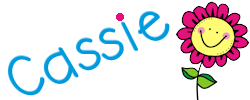
**Disclosure: Some links in this content may be affiliate links, which means that I may get a commission if you decide to purchase anything. I sometimes use affiliate links in my free content to help support my efforts to bring you quality ideas and resources. You will not pay more when buying a product through my link. In fact, in some cases, you may be paying less! I only recommend products that I use and love myself, so I know you’ll be in good hands.**
Blog Categories
Meet the author




